- 1. Wild Strawberry
- 2. Wild Bilberry
- 3. Wild Blueberry
- 4. Wild Cranberry
- 5. Wild Cloudberry
- 6. Wild Lingonberry (Cowberry)
- 7. Mountain Huckleberry
- 8. Wild Elderberry
- 9. Wild Blackberry
- 10. Wild Raspberry
- 11. Wild Salmonberry
- 12. Wild Thimbleberry
- 13. Wild Mulberry
- 14. Wild Rowan Berry (European Mountain Ash)
- 15. Wild Serviceberry / Saskatoon
- 16. Wild Gooseberry
- 17. Native Currants (Red, Black, White)
- 18. Wild Hawthorn Berry
- 19. Wild Plum
- 20. Wild Cherry
- 21. Açaí Berry
- 22. Cupuaçu
- 23. Camu Camu
- 24. Wild Guava
- 25. Jaboticaba
- 26. Surinam Cherry
- 27. Jungle Jalebi (Camachile)
- 28. Wild Rambutan
- 29. African Mangosteen
- 30. Pulasan
- 31. Langsat
- 32. Wild Sapodilla (Chikoo)
- 33. Star Apple (Caimito)
- 34. Breadfruit
- 35. Nance Fruit
- 36. Peewah (Peach Palm Fruit)
- 37. Candle Nut Fruit (Kukui)
- 38. Mamey Sapote
- 39. Malay Apple (Mountain Apple)
- 40. Wild Persimmon (American/Japanese)
- 41. Wild Medlar
- 42. Barbados Cherry (Acerola)
- 43. Wild Miracle Fruit
- 44. Goumi Berry (Elaeagnus multiflora)
- 45. Cape Gooseberry (Physalis peruviana)
Forest fruits are a diverse group of naturally occurring fruits found in wild, wooded landscapes around the globe. From the cool, mossy undergrowth of northern temperate forests to the lush, humid canopy of tropical jungles, these fruits have adapted to thrive without cultivation — drawing their intense flavours and potent nutrition from rich forest ecosystems.
Unlike farm-grown produce, forest fruits develop under natural conditions, which often enhances their concentration of health-promoting compounds. Many are exceptionally rich in vitamins, minerals, antioxidants, and phytonutrients that help protect the body, boost immunity, and support overall wellness.
Here are some of the most notable edible forest fruits from around the world — each offering its own unique taste, texture, and nutritional benefits.
1. Wild Strawberry
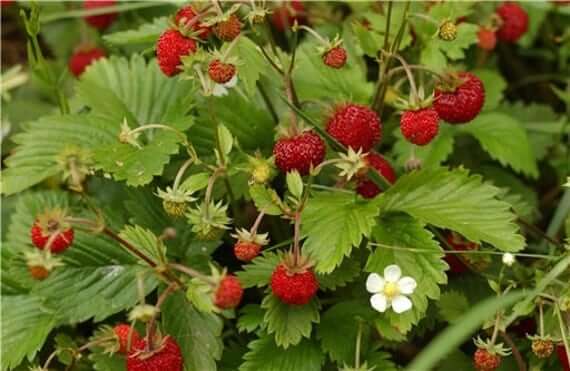
Tiny but intensely aromatic, wild strawberries burst with sweet, concentrated flavour. They’re packed with vitamin C, manganese and antioxidants that may boost immunity and protect skin cells. Their delicate size makes them a gourmet favourite and a delight to forage in woodland glades.
2. Wild Bilberry
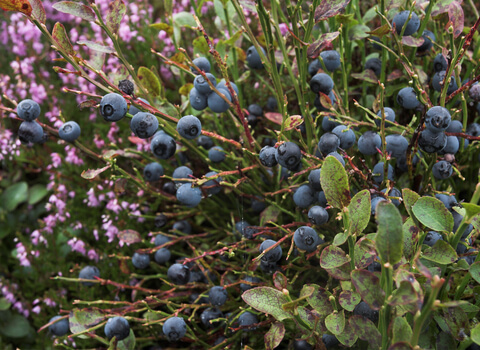
A close cousin of the blueberry, bilberries are darker, smaller, and richer in anthocyanins — pigments credited with improving night vision and supporting eye health. Their tangy-sweet flavour and anti-inflammatory properties make them both delicious and functional.
3. Wild Blueberry
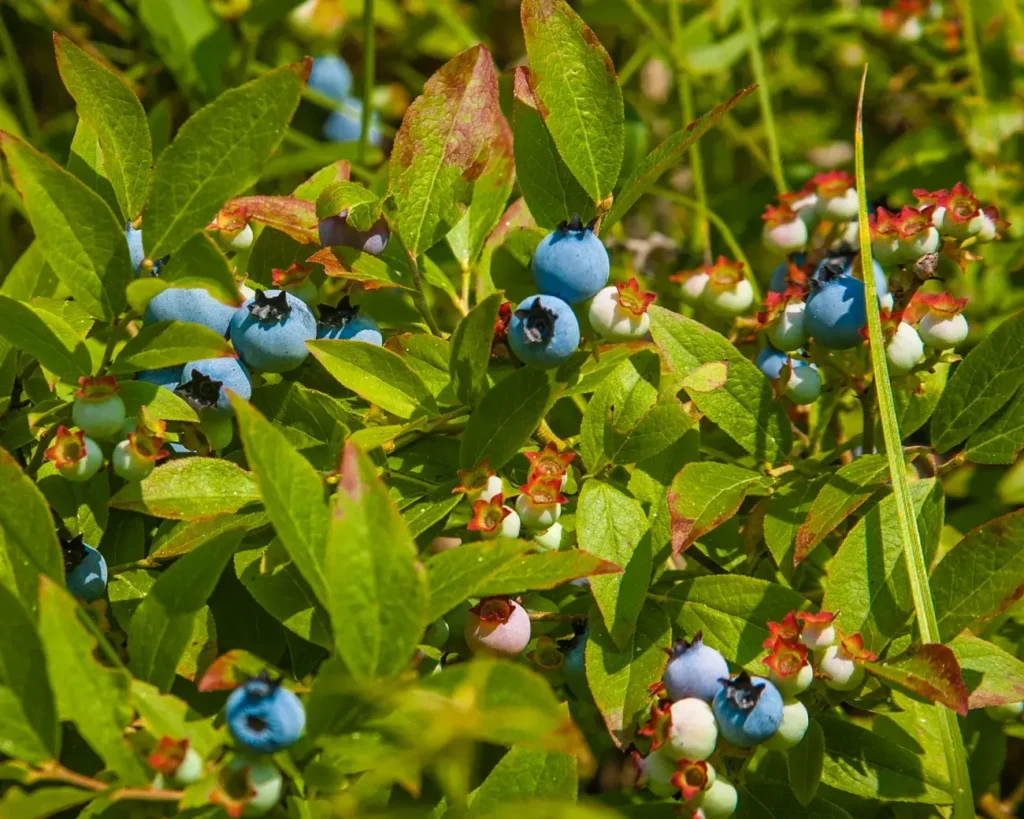
Perhaps the most famous forest fruit, blueberries are celebrated as a “superfood”. They’re rich in antioxidants that fight oxidative stress, support heart health and improve memory. Wild blueberries, in particular, tend to have even higher nutrient density than cultivated ones.
4. Wild Cranberry

Naturally tart, cranberries are packed with vitamin C and unique proanthocyanidins, which are linked to urinary tract health. While rarely eaten raw due to sharpness, their juices and dried berries are prized for their cleansing, digestive-supporting qualities.
5. Wild Cloudberry
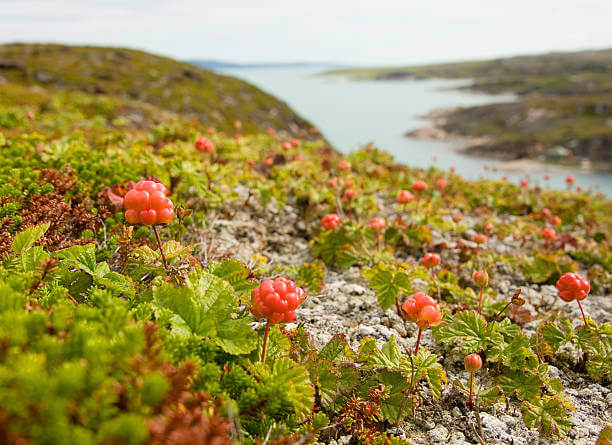
Golden-amber and soft, cloudberries grow in northern boggy forests. They’re exceptionally high in vitamin C — traditionally used in Scandinavian countries to prevent scurvy. Their flavour resembles a cross between raspberries and red currants, making them excellent in jams and desserts.
6. Wild Lingonberry (Cowberry)
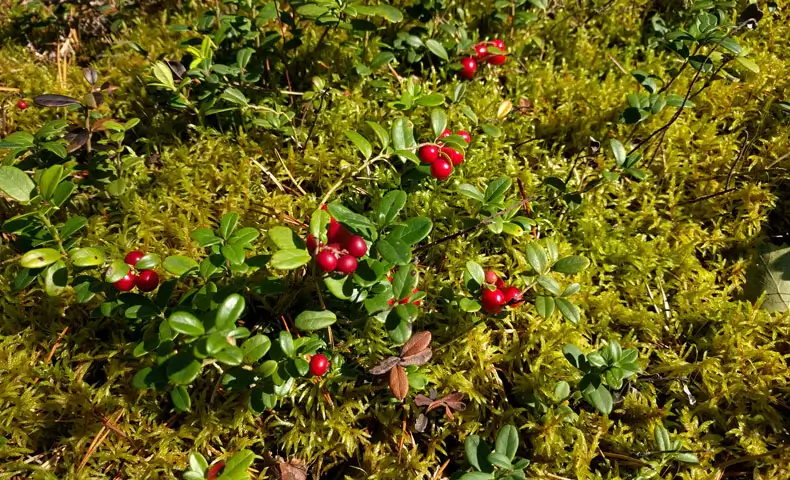
Vibrant red lingonberries are tart, crisp, and beloved in Nordic cuisine. They’re rich in antioxidants that may reduce inflammation, support gut health and improve metabolic wellness. Often made into sauces and preserves, they pair beautifully with meat dishes.
7. Mountain Huckleberry
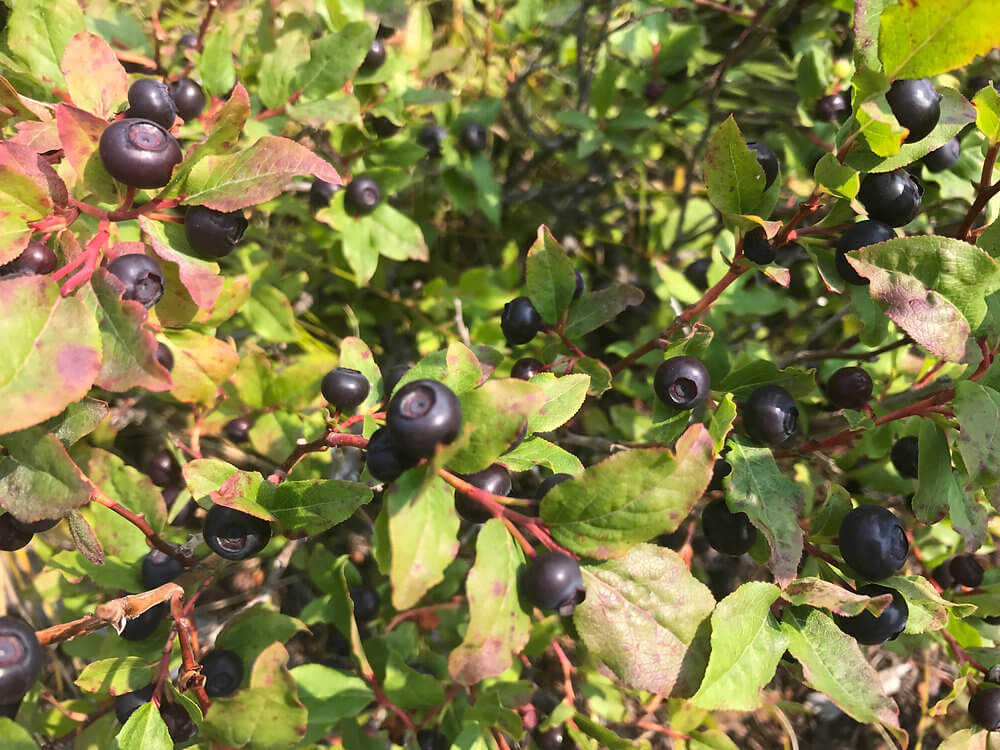
Mountain huckleberries offer a sweet-tart punch with hints of wild blueberry and blackberry combined. High in iron and vitamin C, they are believed to support immunity and circulation. Their deep colour signals a rich polyphenol content — excellent for brain and heart health.
8. Wild Elderberry
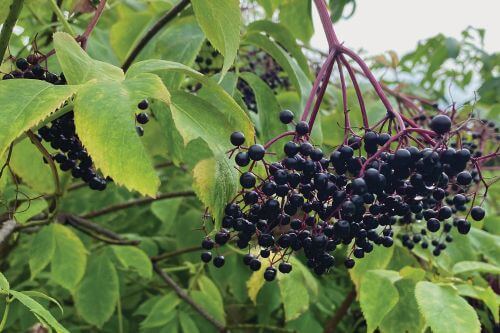
Deep purple elderberries have long been used in traditional remedies. They are renowned for their immune-boosting properties, particularly against colds and flu. Although raw berries need cooking, elderberry syrup and tea are popular for their rich flavour and antiviral potential.
9. Wild Blackberry
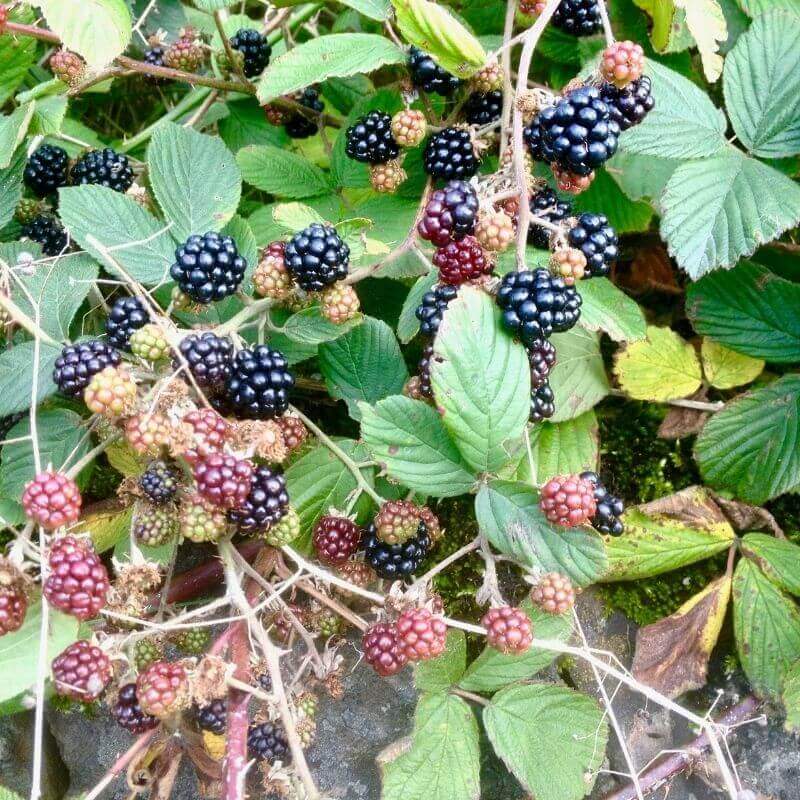
Juicy and dark, blackberries are loaded with fibre, vitamin K, and anthocyanins. Their high antioxidant content supports cognitive function and healthy ageing. Whether eaten fresh from the bramble or baked into pies, they offer both flavour and strong nutritional value.
10. Wild Raspberry
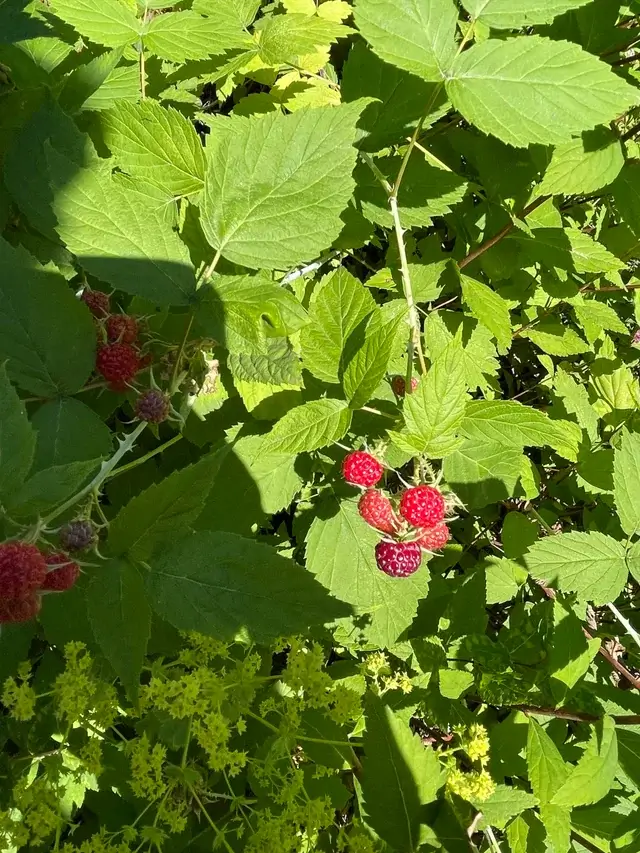
Raspberries are sweet, delicate and rich in vitamin C, manganese and ellagic acid — a compound with anticancer potential. Their high soluble fibre supports digestion and blood-sugar balance, making them a deliciously smart choice for daily snacking.
11. Wild Salmonberry

Bright orange-red and jewel-like, salmonberries resemble raspberries in shape but offer a milder, peach-like flavour. Found along Pacific coastal forests, they contain vitamin A and phenolic antioxidants that may support vision and skin health.
12. Wild Thimbleberry
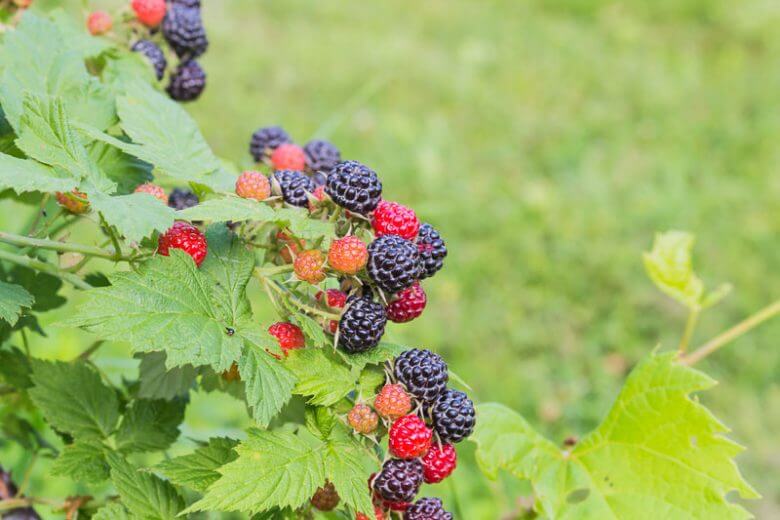
Soft, fragile, and intensely flavoured, thimbleberries are rich in vitamin C and fibre. Their delicate nature means they’re rarely cultivated commercially but are a treasured foraged treat, often made into artisan jams packed with wild character.
13. Wild Mulberry
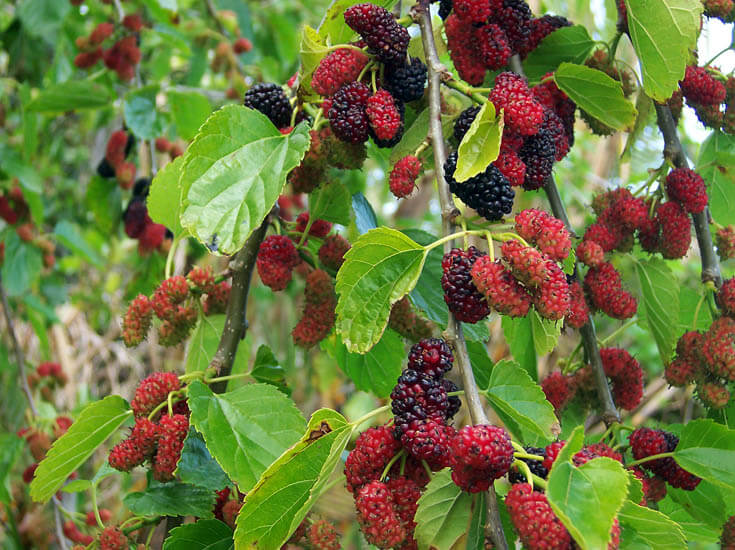
Mulberries grow on forested trees and range in colour from white to dark purple. Naturally sweet and juicy, they contain resveratrol — an antioxidant linked with heart and longevity benefits. Their high iron and vitamin C levels also make them useful for combating fatigue.
14. Wild Rowan Berry (European Mountain Ash)
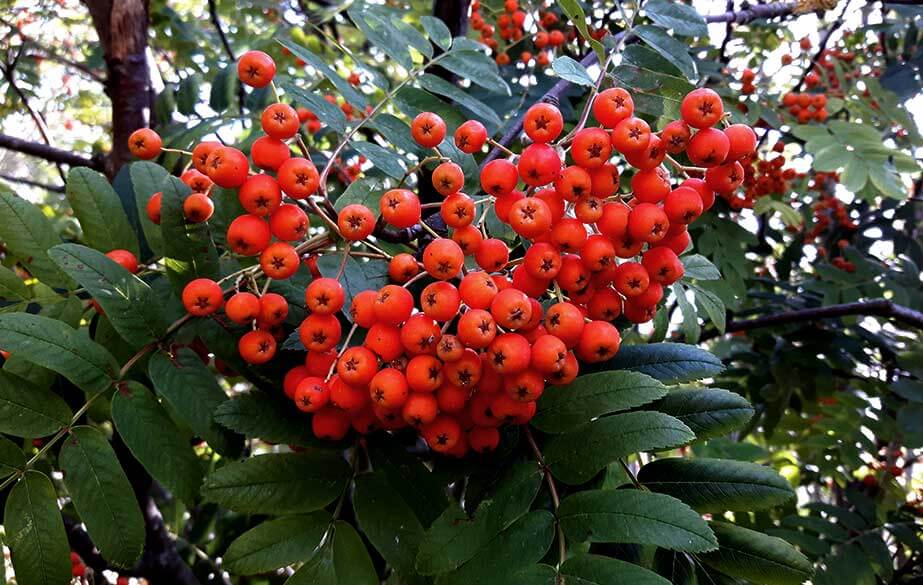
Bright orange-red rowan berries have a sharp, bitter flavour when raw but mellow into a pleasantly tart taste when cooked. They are rich in vitamin C and antioxidants, historically used in jams and jellies to boost winter immunity. Rowan berries may support digestion and were once valued as a natural cold remedy in European folk medicine.
15. Wild Serviceberry / Saskatoon

Sweet, nutty, and blueberry-like, serviceberries are packed with manganese, magnesium, iron, and fibre. Their high antioxidant content may help lower inflammation and support heart health. Eaten fresh, dried, or baked into pies, they are a nutritious forest fruit often compared to wild blueberries with an almond-like finish.
16. Wild Gooseberry
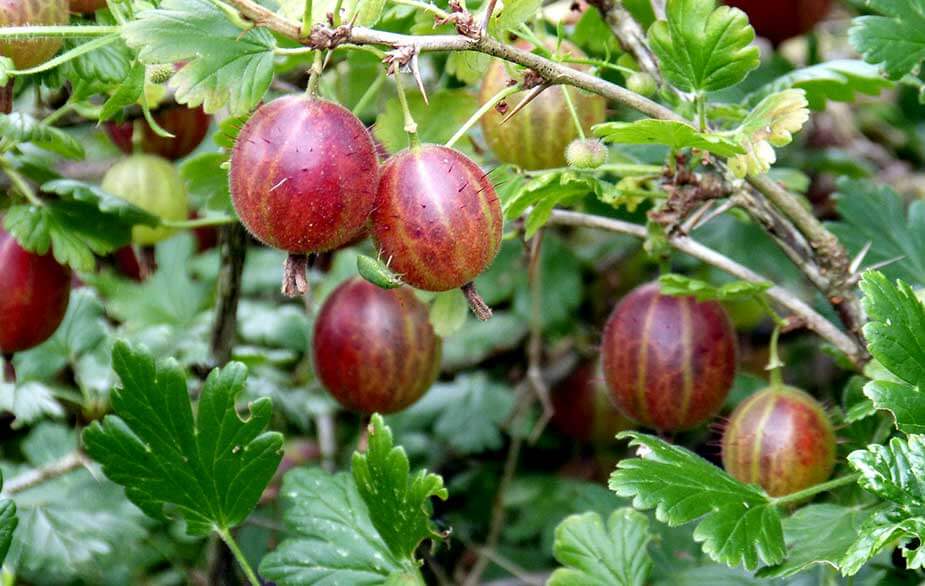
Gooseberries range from sour green to sweet red and are loaded with vitamin C, vitamin A, and fibre. Their tangy nature stimulates digestion and adds a refreshing sharpness to desserts and chutneys. Research also links gooseberries to improved blood-sugar control and immune support.
17. Native Currants (Red, Black, White)
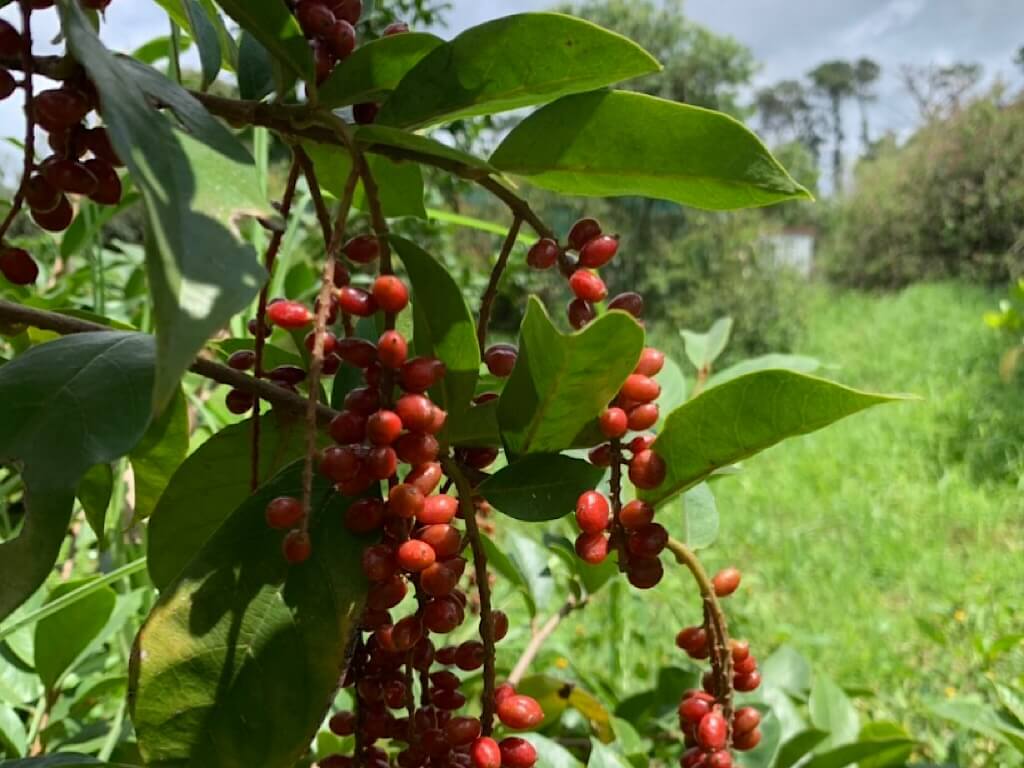
Currants are tiny flavour bombs: red and white are sweet-tart, while black currants are robust and earthy. Black currants are especially high in vitamin C and anthocyanins that support eye health and circulation. All currants are rich in fibre and antioxidants, making them excellent for preserves and juices.
18. Wild Hawthorn Berry

Best known for their heart-supporting properties, hawthorn berries contain flavonoids that may improve circulation and strengthen cardiac function. Their mildly sweet-tart flavour makes them popular in herbal teas, wines, and tonics traditionally used to manage blood pressure and cholesterol.
19. Wild Plum
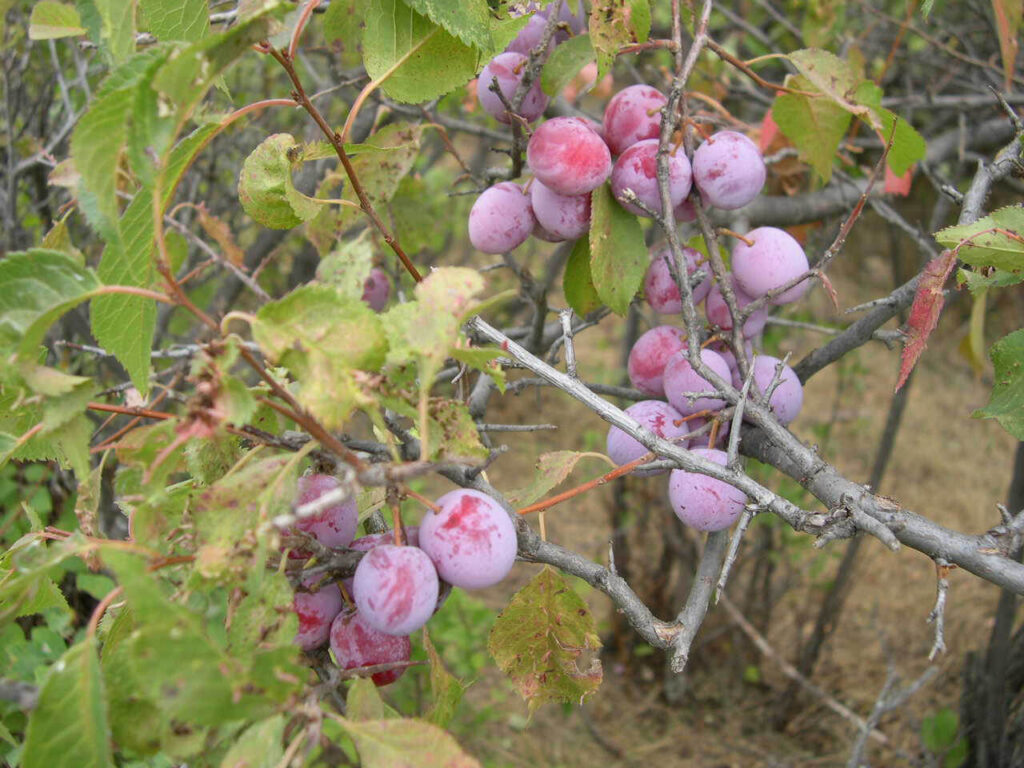
Wild plums have intense flavour and high vitamin C, vitamin K, and potassium. Their skin is rich in antioxidants, and their soluble fibre aids digestion. These tart-sweet fruits are wonderful for preserves and provide natural energy with immune-boosting benefits.
20. Wild Cherry
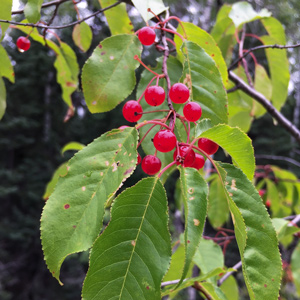
Smaller and more intense than cultivated cherries, wild cherries are rich in anthocyanins that may reduce inflammation and support joint health. Their vivid red flesh offers vitamin C and melatonin, linked with better sleep quality.
21. Açaí Berry
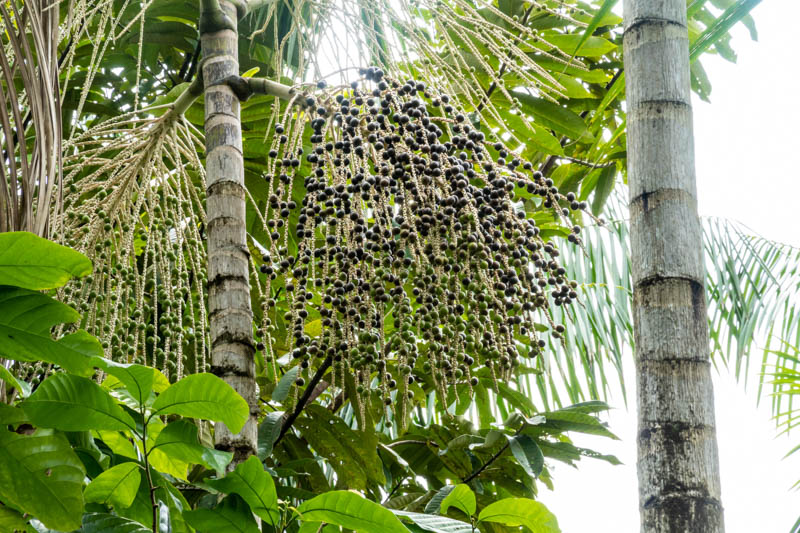
Açaí berries from the Amazon rainforest are famed for their exceptionally high antioxidant capacity, especially anthocyanins that benefit skin and heart. Slightly earthy and not overly sweet, they’re praised for boosting energy, improving cholesterol, and fighting oxidative stress.
22. Cupuaçu
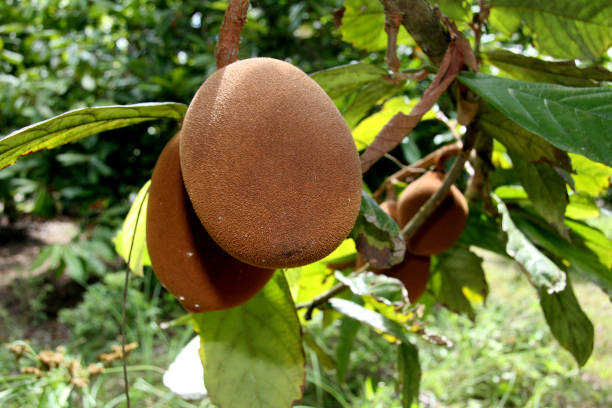
A tropical rainforest fruit related to cacao, cupuaçu has a creamy pulp with notes of pineapple and chocolate. It’s rich in theobromine, vitamins B1, B2 and antioxidants that support energy, mood, and skin elasticity. Often used in smoothies, sweets, and beauty products.
23. Camu Camu

One of the world’s richest natural sources of vitamin C, camu camu berries grow along Amazonian riverbanks. Their tangy pulp supports immune health, collagen production, and may reduce oxidative stress. Usually consumed in powder or juice form due to its sharp acidity.
24. Wild Guava
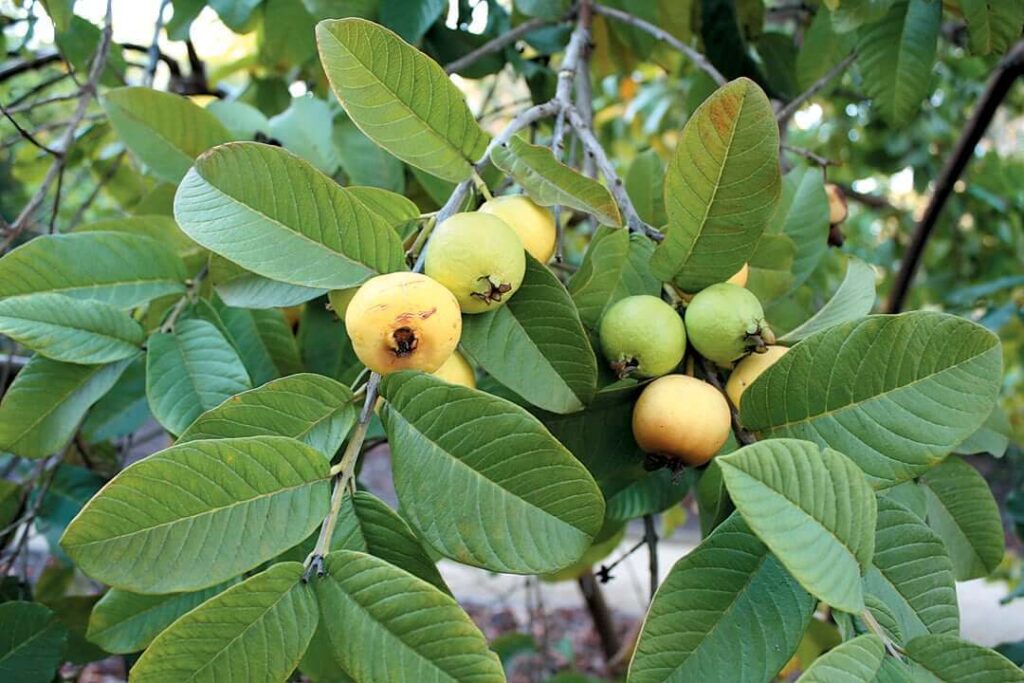
Wild forest guavas are aromatic and sweet, packed with vitamin C (more than oranges), lycopene, potassium, and fibre. They support heart health, digestion, and skin regeneration. Every part of the fruit — including the crunchy seeds — is edible.
25. Jaboticaba
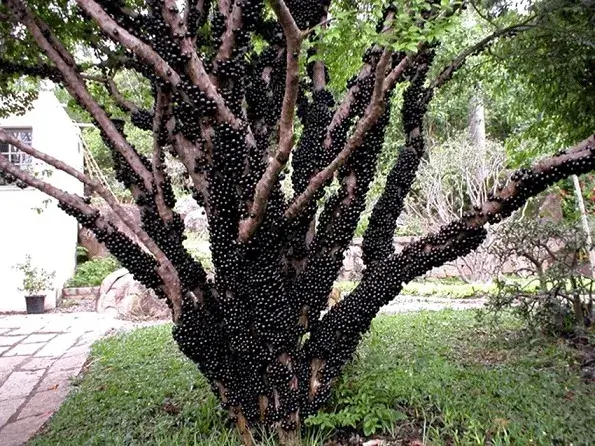
Native to Brazilian forests, jaboticaba fruits grow directly on the tree’s trunk. Their grape-like skin hides sweet white pulp rich in vitamin C, vitamin E, and anthocyanins that may help fight inflammation, boost immunity, and improve respiratory health.
26. Surinam Cherry
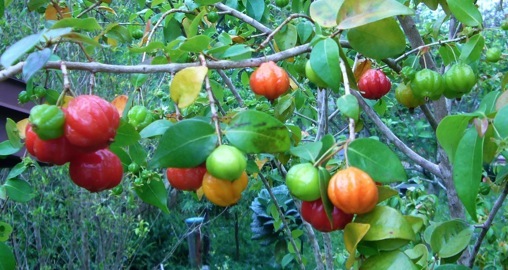
Also known as pitanga, this tropical forest fruit has a sweet-spicy flavour and ribbed pumpkin-like shape. Loaded with vitamin A, vitamin C, and antioxidants, it supports vision and immune health. The fruit is enjoyed fresh, pickled, or made into syrups and chutneys.
27. Jungle Jalebi (Camachile)
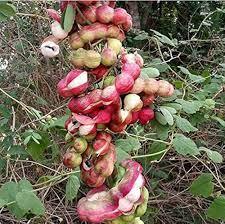
Twisted and pod-like with sweet-sour pulp, jungle jalebi is rich in vitamins A and C, aiding eye health and immunity. Its tangy flesh also contains minerals like calcium and iron — making it a nutritious nibble that’s popular among foragers in South Asia and Central America.
28. Wild Rambutan
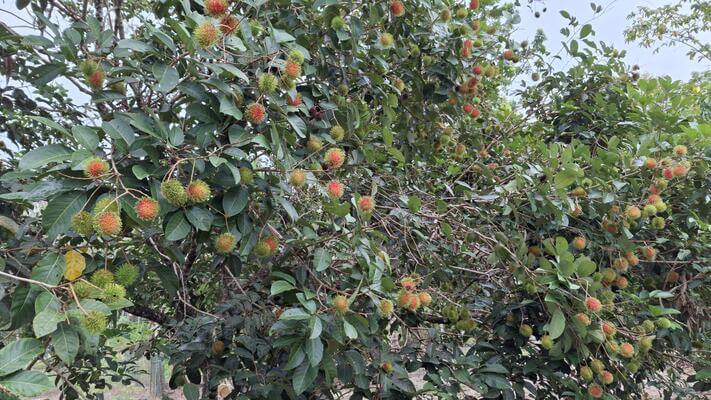
With hairy red skin and juicy, lychee-like flesh, rambutan is a tropical forest delight packed with vitamin C, copper and manganese. It supports collagen production, energy metabolism, and provides natural hydration thanks to its high water content.
29. African Mangosteen
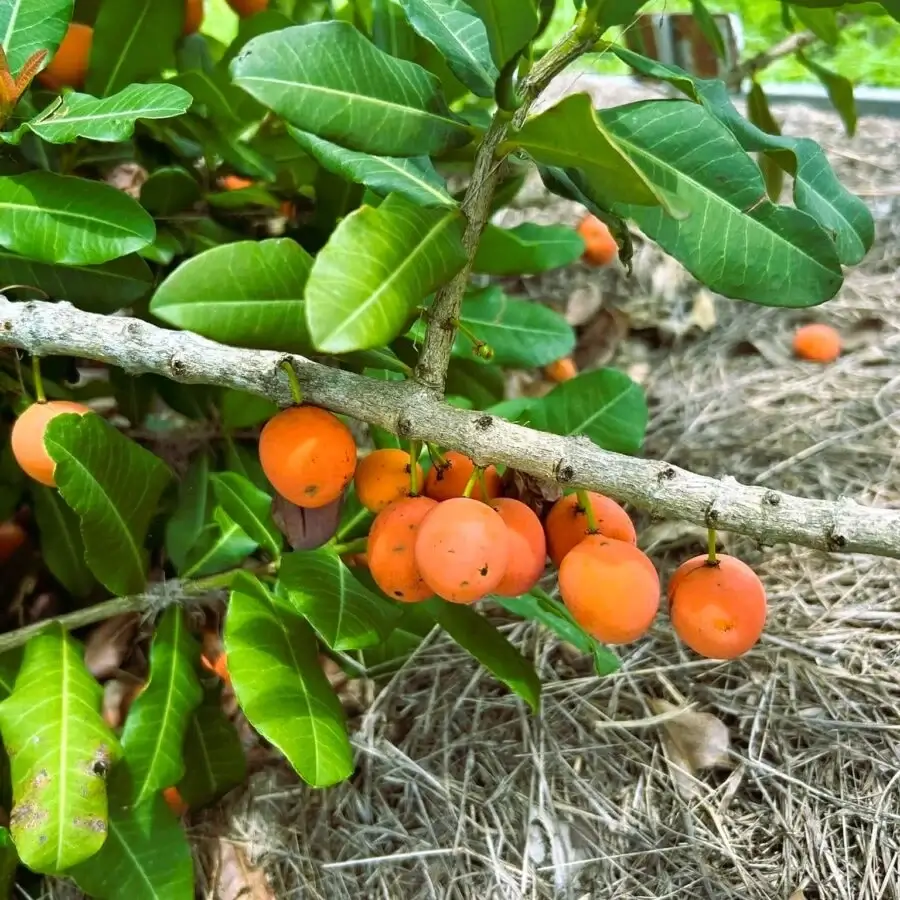
Known as the “queen of fruits”, mangosteen has thick purple rind encasing snow-white segments of sweet, tangy flesh. It’s famed for xanthones — powerful antioxidants studied for anti-inflammatory, anti-cancer and heart-protective properties.
30. Pulasan
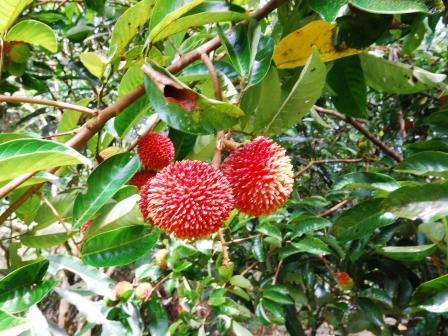
Closely related to rambutan but sweeter, pulasan has firmer flesh and a richer flavour. Beyond its delicious taste, it offers vitamin C, fibre, and polyphenols that promote digestive and immune health.
31. Langsat

Langsat (or lanzones) has translucent flesh with tart-sweet flavour and is prized in Southeast Asian forests. It supplies fibre, vitamin B1 and antioxidants, and is thought to help boost digestion and reduce fever in traditional medicine.
32. Wild Sapodilla (Chikoo)
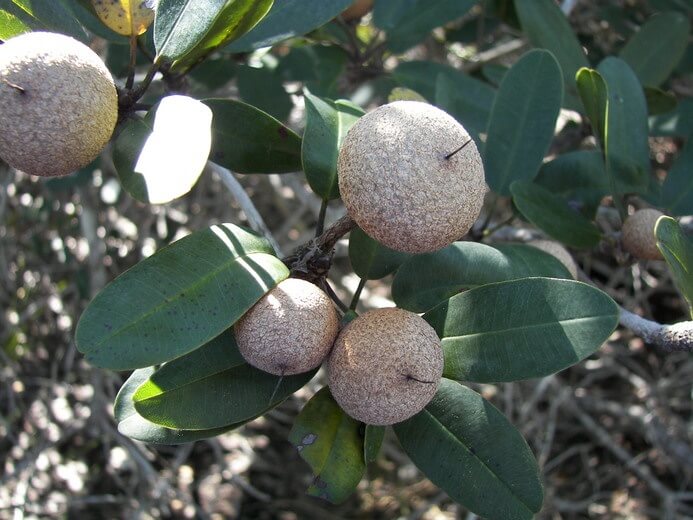
Brown and kiwi-like on the outside but caramel-sweet within, sapodilla is a nutrient-dense source of dietary fibre, potassium and natural fructose. Great for energy and gut health, it’s often recommended for people needing nutritional weight gain.
33. Star Apple (Caimito)
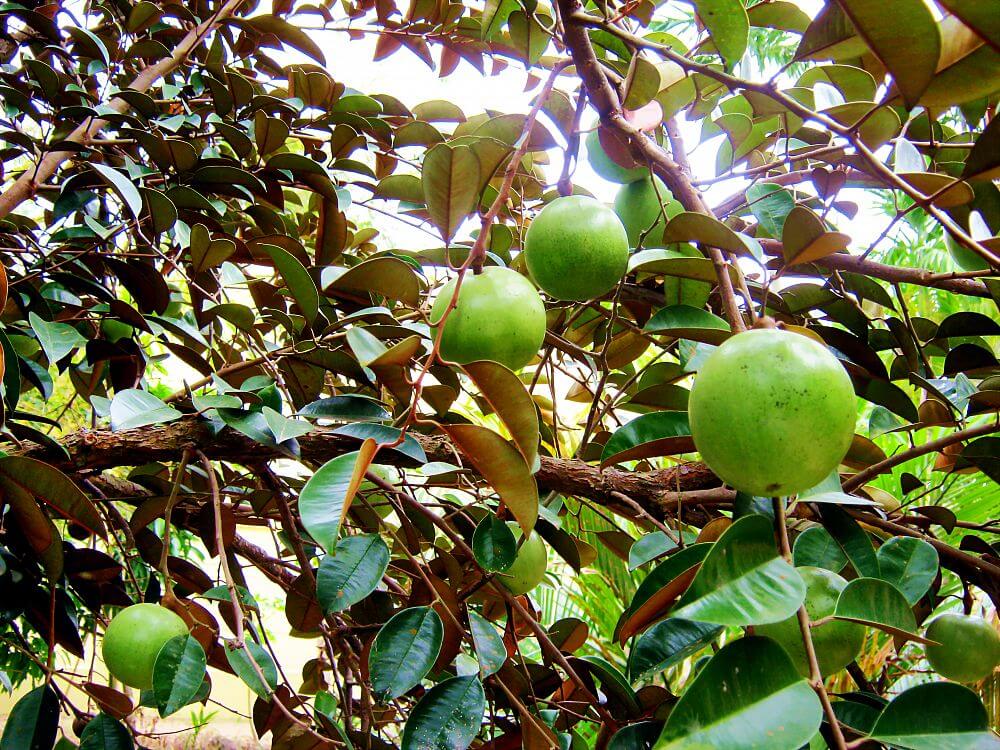
Named for the star pattern in its jelly-like core, this purple-skinned fruit is sweet, milky and refreshing. It contains calcium, vitamin C and antioxidants that benefit bones, skin and overall vitality.
34. Breadfruit
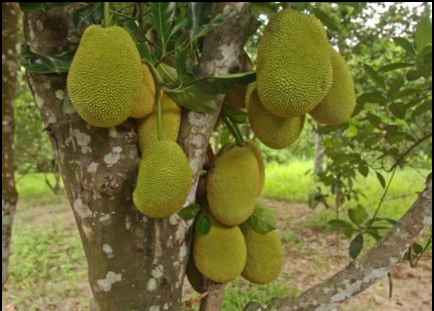
When eaten ripe, breadfruit becomes custard-sweet with hints of banana and vanilla. It is rich in complex carbohydrates, fibre and potassium — offering sustained energy and supporting heart and digestive health.
35. Nance Fruit
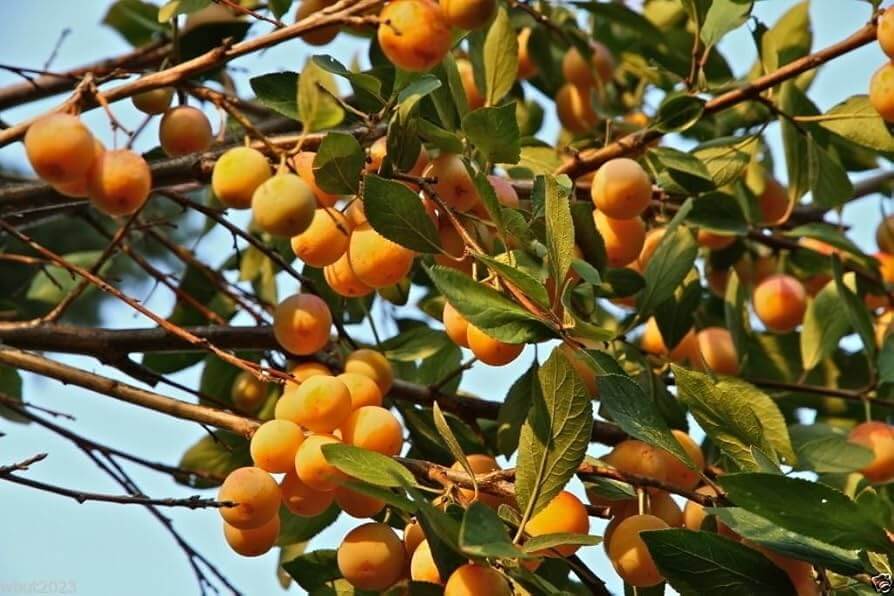
Small yellow nance berries have a strong, cheese-like aroma and bittersweet taste. They are rich in vitamin C, carotenoids and healthy fats, supporting immunity, eye health and skin repair.
36. Peewah (Peach Palm Fruit)
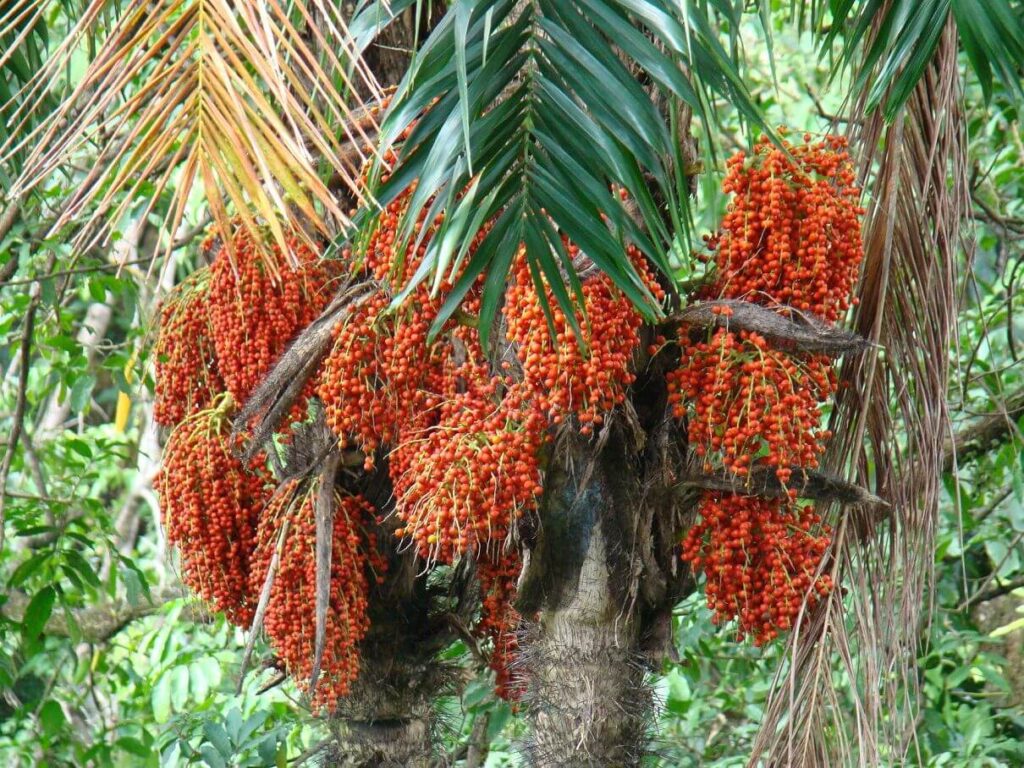
Peewah is a starchy, red-orange fruit that tastes like a cross between pumpkin and chestnut when cooked. It’s high in beta-carotene, fibre and plant protein, making it a filling, nutrient-dense forest staple in the Amazon.
37. Candle Nut Fruit (Kukui)
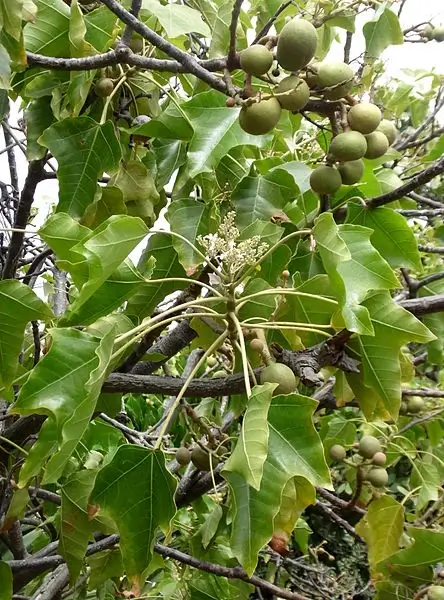
Candle nut fruit has oily seeds traditionally used as both food and light source. When pickled or roasted (raw is toxic), they deliver healthy fats, minerals and antioxidants — valued for supporting skin, brain and heart health.
38. Mamey Sapote
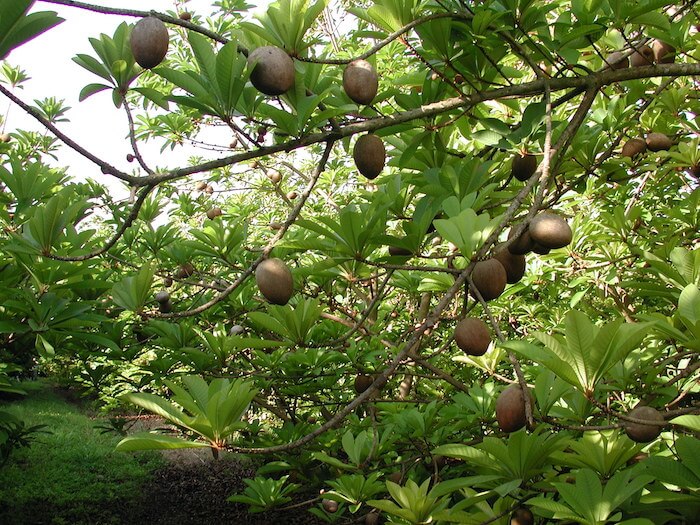
Creamy, sweet, and often compared to pumpkin pie or sweet potato, mamey sapote is rich in beta-carotene, vitamin C, potassium, and fibre. Its dense nutrition promotes healthy skin, immune function, and sustained energy — making it both a treat and a tonic.
39. Malay Apple (Mountain Apple)
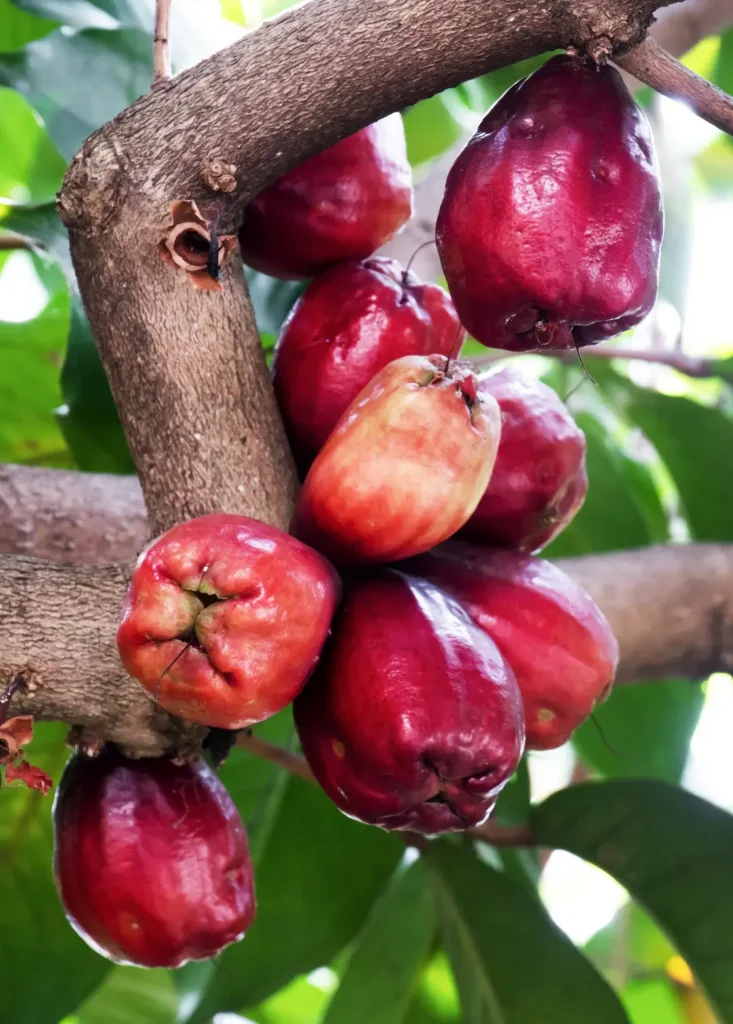
Crisp, juicy, and delicately floral in flavour, Malay apples are hydrating fruits high in vitamin C and antioxidants. Their refreshing crunch makes them perfect in hot climates and their nutrients may help boost collagen and immunity.
40. Wild Persimmon (American/Japanese)
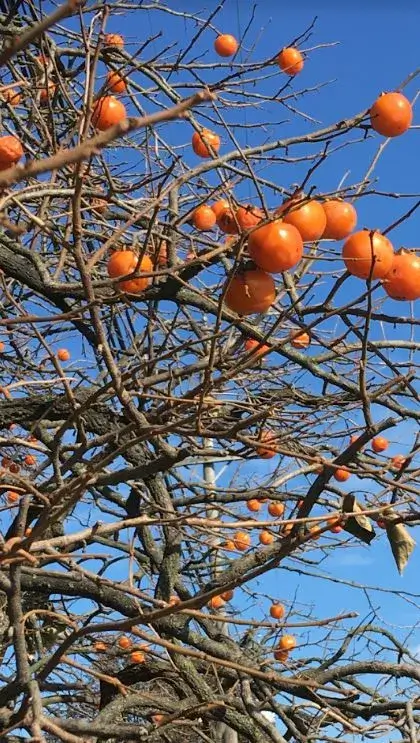
Wild persimmons are packed with fibre, manganese, and powerful carotenoids. When fully ripe they become candy-sweet and jelly-soft, offering benefits for digestion, eye health, and blood-sugar stabilization.
41. Wild Medlar
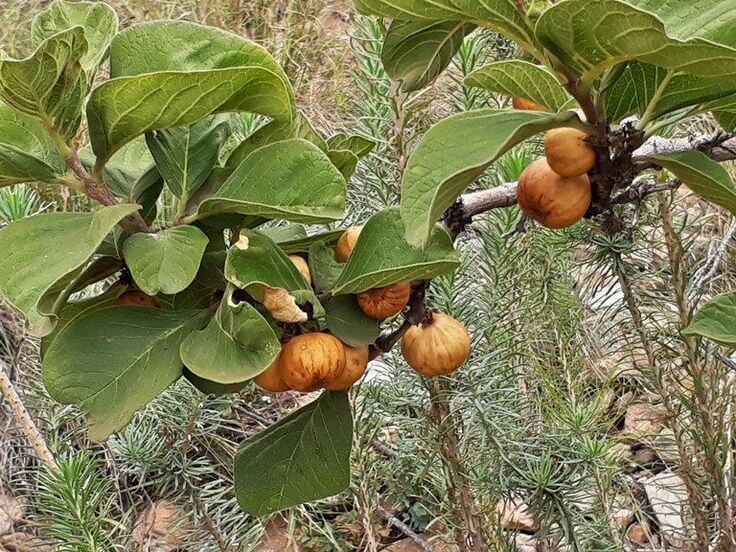
Medlars must be “bletted” (softened) before eating — developing a unique spiced-apple/fig taste. High in fibre and vitamin C, they were traditionally used as digestive aids and winter tonics in medieval Europe.
42. Barbados Cherry (Acerola)
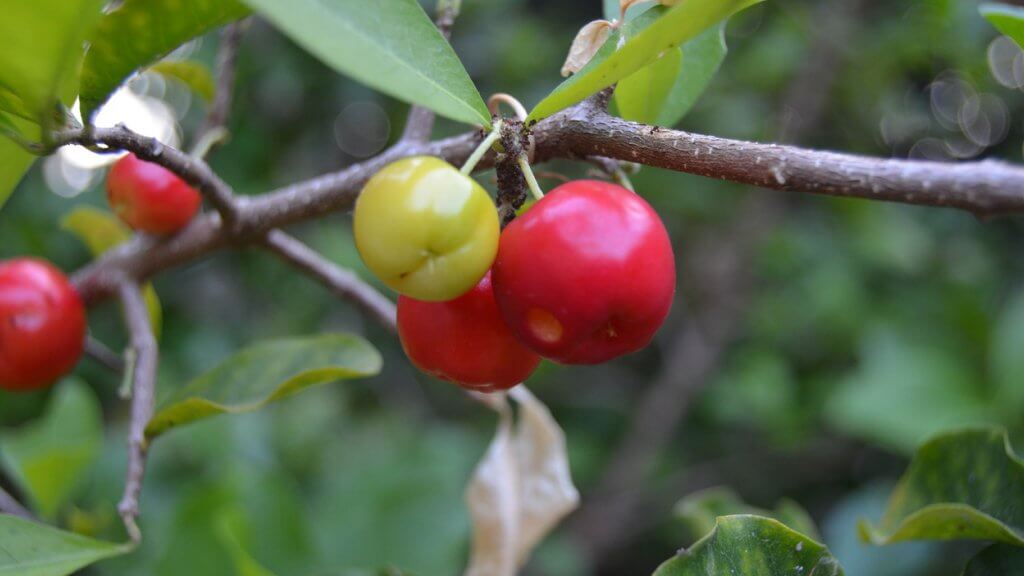
One of the richest natural sources of vitamin C, acerola cherries support immunity, collagen formation, and skin radiance. Their tangy-tart flavour is refreshing, and just a few berries provide more vitamin C than an orange.
43. Wild Miracle Fruit
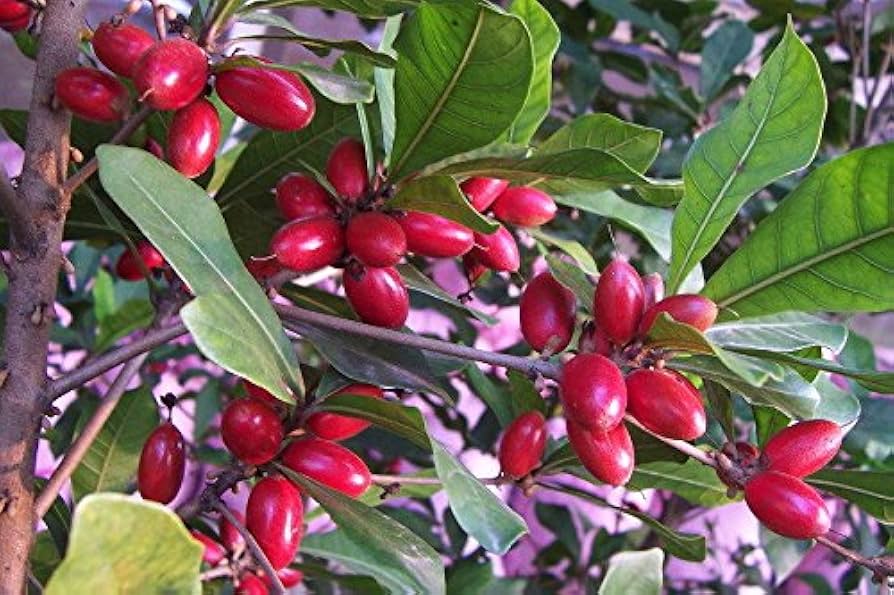
This remarkable berry temporarily makes sour foods taste sweet thanks to a glycoprotein called miraculin. Low in sugar but high in antioxidants, it’s especially popular with people undergoing chemotherapy or limiting sugar intake.
44. Goumi Berry (Elaeagnus multiflora)
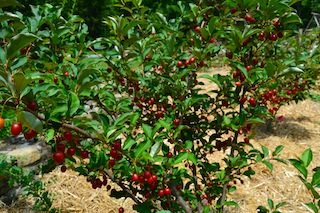
Small red goumi berries have a tangy-sweet flavour and contain lycopene and essential fatty acids — unusual for a fruit. They may support heart health and immune function, while nitrogen-fixing roots make the plant ecologically valuable.
45. Cape Gooseberry (Physalis peruviana)
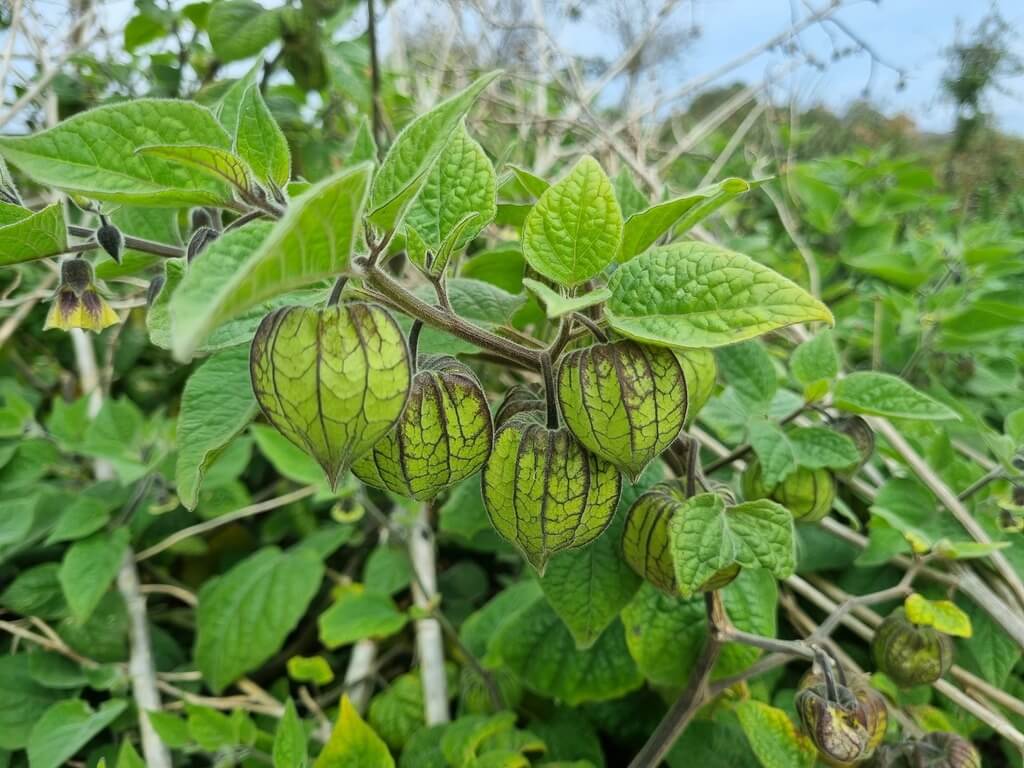
Encased in papery husks, cape gooseberries have a sweet-tart flavour reminiscent of pineapple and tomato. Rich in vitamins A, C, B-complex and with anti-inflammatory compounds called withanolides, they support immunity, vision, and healthy ageing.
